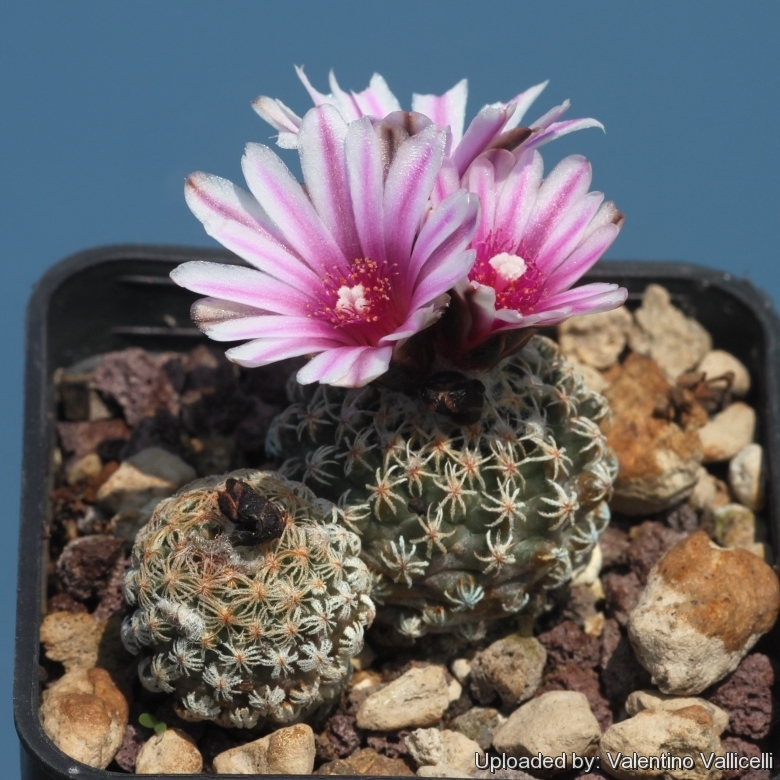
Turbinicarpus х pulcherrimus Photo by: Valentino Vallicelli
Origin and Habitat: Nuevo León ( Mexico, Northern America)
Synonyms:
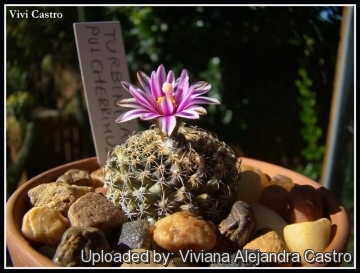 Turbinicarpus х pulcherrimus Photo by: Viviana Alejandra Castro
Turbinicarpus х pulcherrimus Photo by: Viviana Alejandra Castro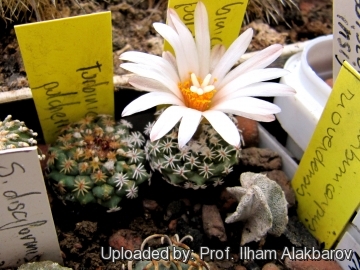 Turbinicarpus х pulcherrimus Photo by: Prof. Ilham Alakbarov
Turbinicarpus х pulcherrimus Photo by: Prof. Ilham Alakbarov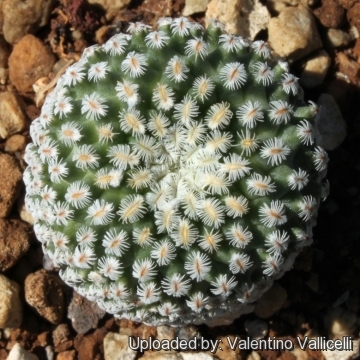 Turbinicarpus х pulcherrimus Photo by: Valentino Vallicelli
Turbinicarpus х pulcherrimus Photo by: Valentino Vallicelli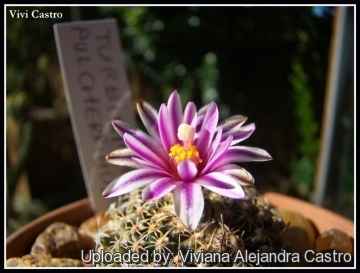 Turbinicarpus х pulcherrimus Photo by: Viviana Alejandra Castro
Turbinicarpus х pulcherrimus Photo by: Viviana Alejandra Castro Turbinicarpus х pulcherrimus Photo by: Valentino Vallicelli
Turbinicarpus х pulcherrimus Photo by: Valentino Vallicelli Turbinicarpus х pulcherrimus Photo by: Valentino Vallicelli
Turbinicarpus х pulcherrimus Photo by: Valentino Vallicelli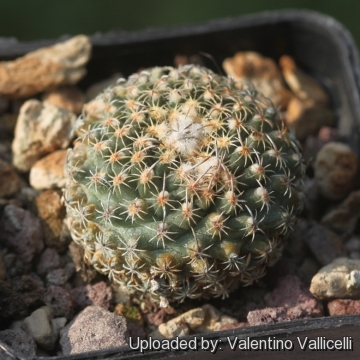 Turbinicarpus х pulcherrimus Photo by: Valentino Vallicelli
Turbinicarpus х pulcherrimus Photo by: Valentino VallicelliSend a photo of this plant.The gallery now contains thousands of pictures, however it is possible to do even more. We are, of course, seeking photos of species not yet shown in the gallery but not only that, we are also looking for better pictures than those already present.
Read More... Cultivation and Propagation: Turbinicarpus x pulcherrimus is not particularly difficult on own roots, but very slow growing.
Soils: It likes very porous standard neutral or slightly alkaline cactus mix soil.
Repotting: Use pot with good drainage.
Watering: It should be watered during the growing season, but waterings should be rather infrequent to keep the plant compact, and avoid it will become excessively elongated and unnatural in appearance. Keep dry in winter or when night temperatures remain below 10° C. Water it less than average if in bigger pots, small pots preferred. Furthermore it has a tap root, and watering it properly is often difficult, because it tends to crack open or rot if over-watered. Careful watering away from the body of the plant will allow the areoles to keep their wool.
Fertilization: Feed with a high potassium fertilizer in summer.
Hardiness: It is hardy to -4°C for a short period if kept on the dry side prior to, and during, cold weather. However warmth throughout the year will increase the grower's success (8-12°C during rest season). Assure a good ventilation.
Exposition: Outside bright, hot conditions or afternoon shade, inside it needs bright light, and some direct sun. Strong light keep the plant compact and low and encourages flowering and heavy wool and spine production.
Uses: It is an excellent plant for container growing. It always looks good and stays small.
Pests & diseases: It may be attractive to a variety of insects, but plants in good condition should be nearly pest-free, particularly if they are grown in a mineral potting-mix, with good exposure and ventilation. Nonetheless, there are several pests to watch for:
- Red spiders: Red spiders may be effectively rubbed up by watering the plants from above.
- Mealy bugs: Mealy bugs occasionally develop aerial into the new growth among the wool with disfiguring results, but the worst types develop underground on the roots and are invisible except by their effects.
- Scales: Scales are rarely a problem.
- Rot: Rot is only a minor problem with cacti if the plants are watered and “aired” correctly. If they are not, fungicides won't help all that much.
Propagation: From seed, since the plant rarely produces plantlets, or grafted. Seeds germinate in 7-14 days at 21-27° C in spring, remove the glass cover gradually as the plants develops and keep ventilated, no full sun for young plants!
More...

















